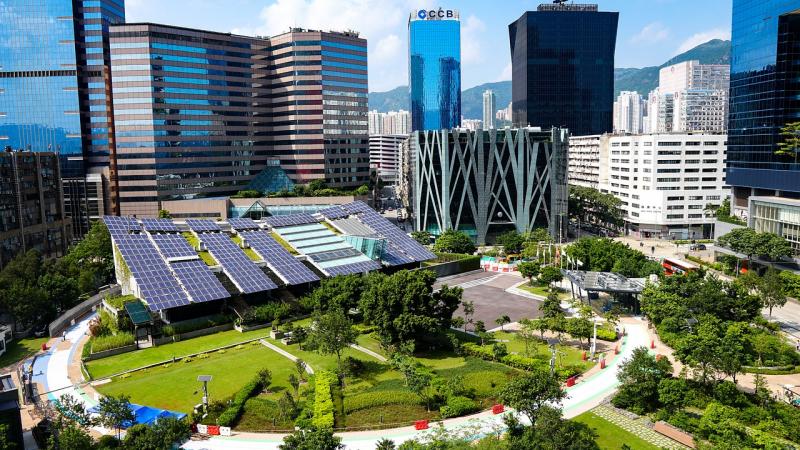Ways to Make Homes more Eco-Friendly

Already out there is a significant market force led by sustainable home builders working to make all new homes more eco-friendly and reduce their overall environmental footprint on the world. But what about existing homes that are built and may have been standing for decades already. Not everyone has either the financial resources or even the legal ability to tear down their home and start over. How, then, can these homes be made more environmentally sound?
- Installing a Smart Meter
If your home doesn’t have a smart meter yet, you should start looking into whether and when one can be put in for you. Wasted heat in the winter months in particular is a huge cause for concern, with people leaving heating on full overnight or while they are out at work. Smart meters help to regulate energy use through the day and can be set to activate water heaters and home heating systems at strategic times to maximise efficiency. You can also get a better and more detailed idea of your energy consumption in general.
- Install Solar Roof Panels
There’s a larger initial cost when it comes to getting rooftop solar panels, but in a country like Australia that enjoys much more sunshine across the country than many others, they are a prudent one. Depending on your situation, you can either get enough additional energy to supplement your needs and save on general electricity costs, or you might even get enough to go completely off-grid altogether.
At any rate, a reduction in dependence on the public electricity network is a good thing for the environment.
- Get Proper Insulation
Just as smart meters are the new technological solution to cut down on energy waste, proper home insulation is the older, more tried-and-tested method. Together, the two steps work very well, since a smart meter will give you some idea if your new insulation is working on saving energy compared to previous months. The more heat your home can hold onto, the less additional heat that it needs from your home heating system.
If your property is old, it might contain older and less effective forms of insulation in the walls and roof, so you can work on updating or replacing this existing insulation to be more effective.
- Hire Local Tradespeople and Use Local Materials
When getting work done on your home, try to keep the services that you use local, as well as any materials for additions that you make to the house. Keeping your upgrades as localised as possible minimises the impact you have, particularly when it comes to storing and transporting materials long distances. Local tradespeople can drive shorter distances --- possibly in electric vehicles --- and locally sourced materials have travelled less distance.
- Invest in Double Glazing
Double glazing is another great energy saving measure and provides a level of insulation to your glass that you otherwise would simply miss out on. Why spend money investing in new insulation in the walls and ceilings if you’re going to lose a load of heat through the old single-glazed windows? These windows are particularly good in high-traffic areas since they will block out exterior road noise, too.
- Buy Used or Recycled Furniture
When furnishing your home, consider getting most or even all of your furniture from second-hand sources. Lots of high-quality used furniture is lying around unused just waiting for a new home, and you can save on materials by making use of them. If you do want brand-new things, then at least favour suppliers of furniture made with all-recycled materials. In this way it’s at least taking old things and making them new.
More to Read:
Previous Posts:


